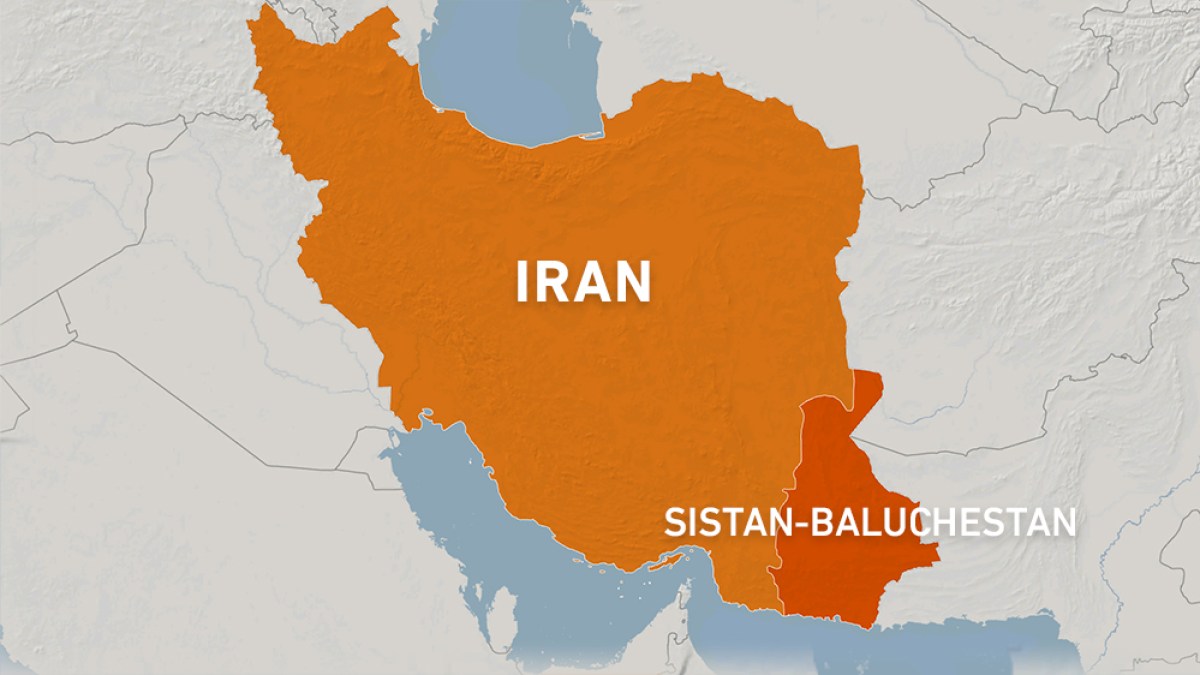T4K3.news
Child marriage in Iran highlighted by survivor
A survivor’s story shows how underage marriage persists and why education and protection are vital.
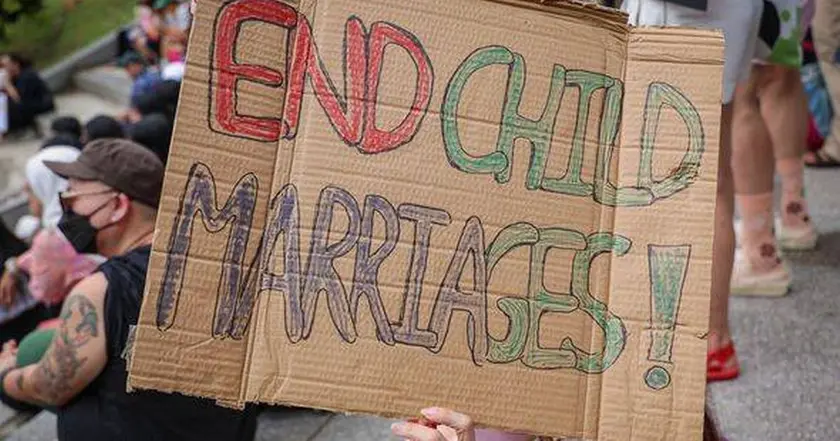
Mina Khanoom’s childhood marriage and her resilience highlight ongoing challenges of underage unions in Iran.
A life shaped by child marriage in Iran
Mina Khanoom grew up in a remote Iranian community where early marriage was common. At age 12 she was married to a man three decades older, and by 14 she was pregnant with her first son. She gave birth to a second son four years later. Her husband died in a car crash when she was 19, leaving her a widow with two children and little family support. She found work at a military hospital during the Iran-Iraq War, performing tasks from cleaning to assisting surgeons, while also taking on childcare for wealthy families in Northern Tehran.
Over the years Mina balanced work and motherhood, never abandoning her sons. She dreamed of leaving Iran and continuing her education, a goal hampered by economic and social barriers. The piece places her story within a broader debate on child marriage, noting that in Iran the legal minimum age for girls is 13 and many cases go unregistered. It also contrasts with the United States, where the national limit is 18 with rare exceptions. Mina’s life shows how trauma, poverty, and limited access to schooling can trap families in cycles that are hard to escape.
Key Takeaways
"I was scared of him"
Mina describes the fear she felt in her marriage
"My boys were my life; they were my everything"
Mina on her children’s central role in her life
"In Iran, girls can legally marry at 13"
Statement of legal context within the article
"Education is the first gift we owe every girl"
Editorial call for education as protection
Mina’s story illuminates a systemic problem: poverty, lack of access to education, and fragile social safety nets often push families toward arranged unions for girls. Legal frameworks matter, but enforcement and cultural norms shape real outcomes. The broader context—wars, economic strain, and gender expectations—keeps girls vulnerable even when laws exist. If policymakers want lasting change, they must connect protections for girls with investment in schooling, child care, and survivor support. Change and hope are not the same thing; the policy shift must translate into resources and opportunities that outlive a single generation.
Highlights
- Hope kept me going when there was almost nothing else
- My boys were my life and my future
- Education is the first gift we owe every girl
- I was scared of him
risk sensitive topic child marriage Iran and policy
The piece discusses child marriage, legal ages, and cross-country policy contexts, which can invite political and cultural sensitivity. It addresses vulnerable communities and may attract backlash from groups with differing views on cultural practices. Care should be taken to frame this as a human rights and protection issue rather than a critique of culture.
Mina’s story challenges complacency and invites readers to demand concrete protections for girls.
Enjoyed this? Let your friends know!
Related News
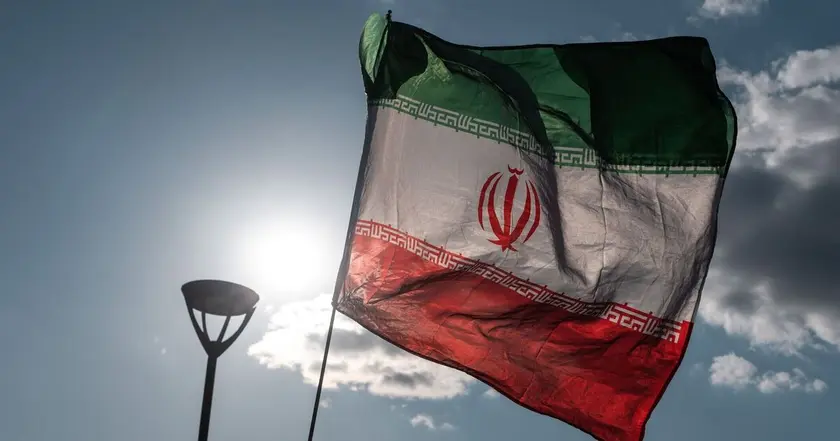
Husband sentenced for killing wife in Iran

Survivor advocates against child marriage

Survivor speaks out on trafficking and neurodiversity
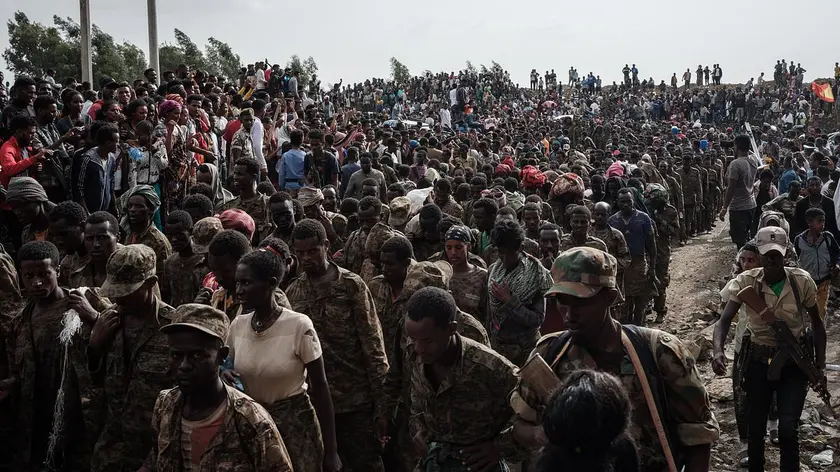
Survivors reveal horrific violence in Tigray war
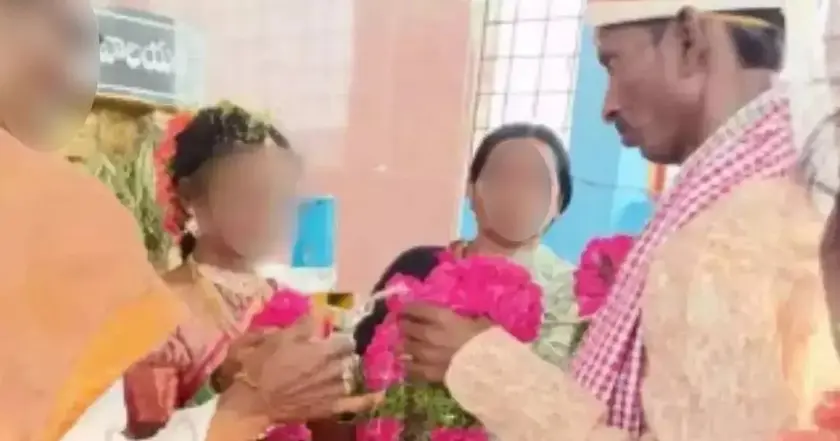
Investigation launched after 13-year-old girl marries 40-year-old man

Kate Kniveton exposes decade of abuse by MP husband
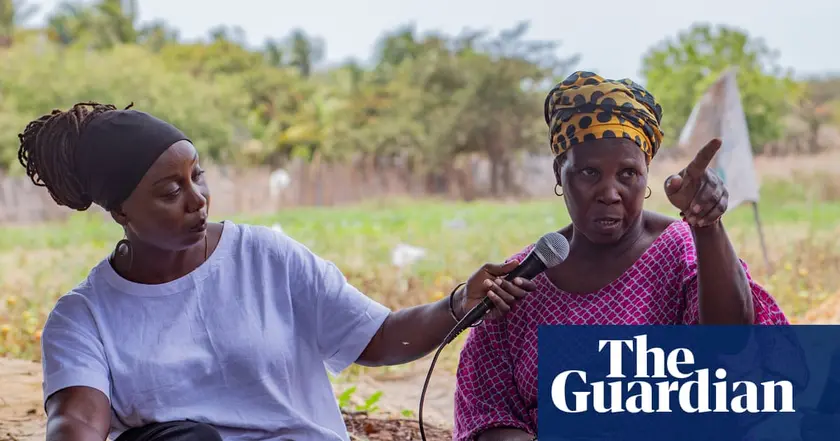
Voices of older African women highlighted
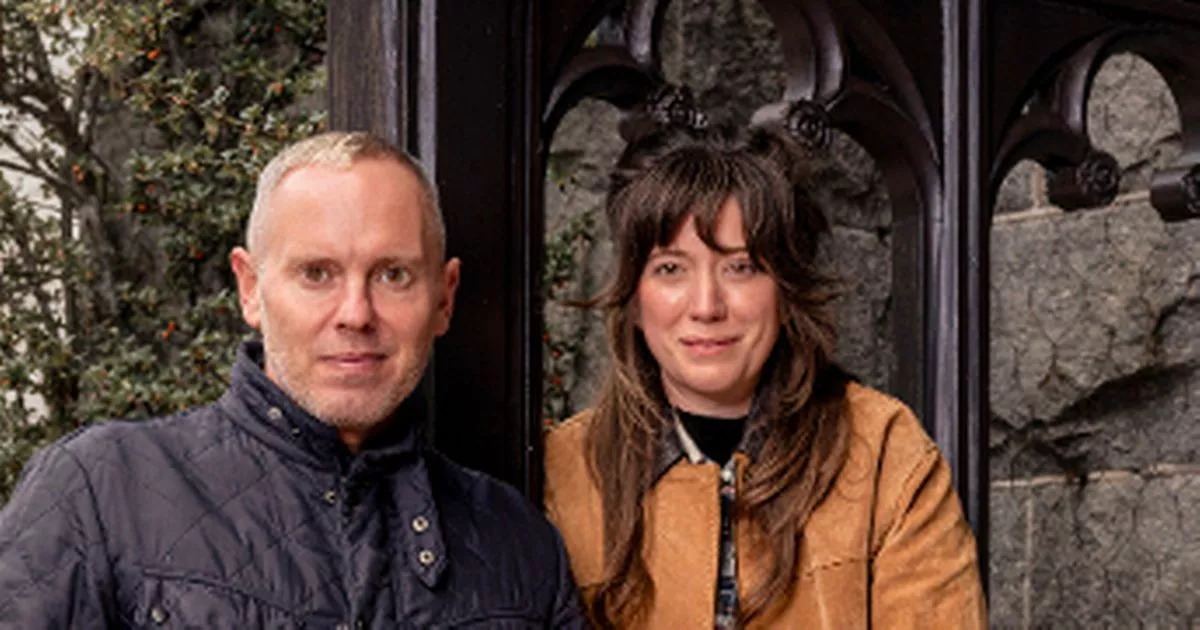
Claims of Queen Victoria's secret love child surface
